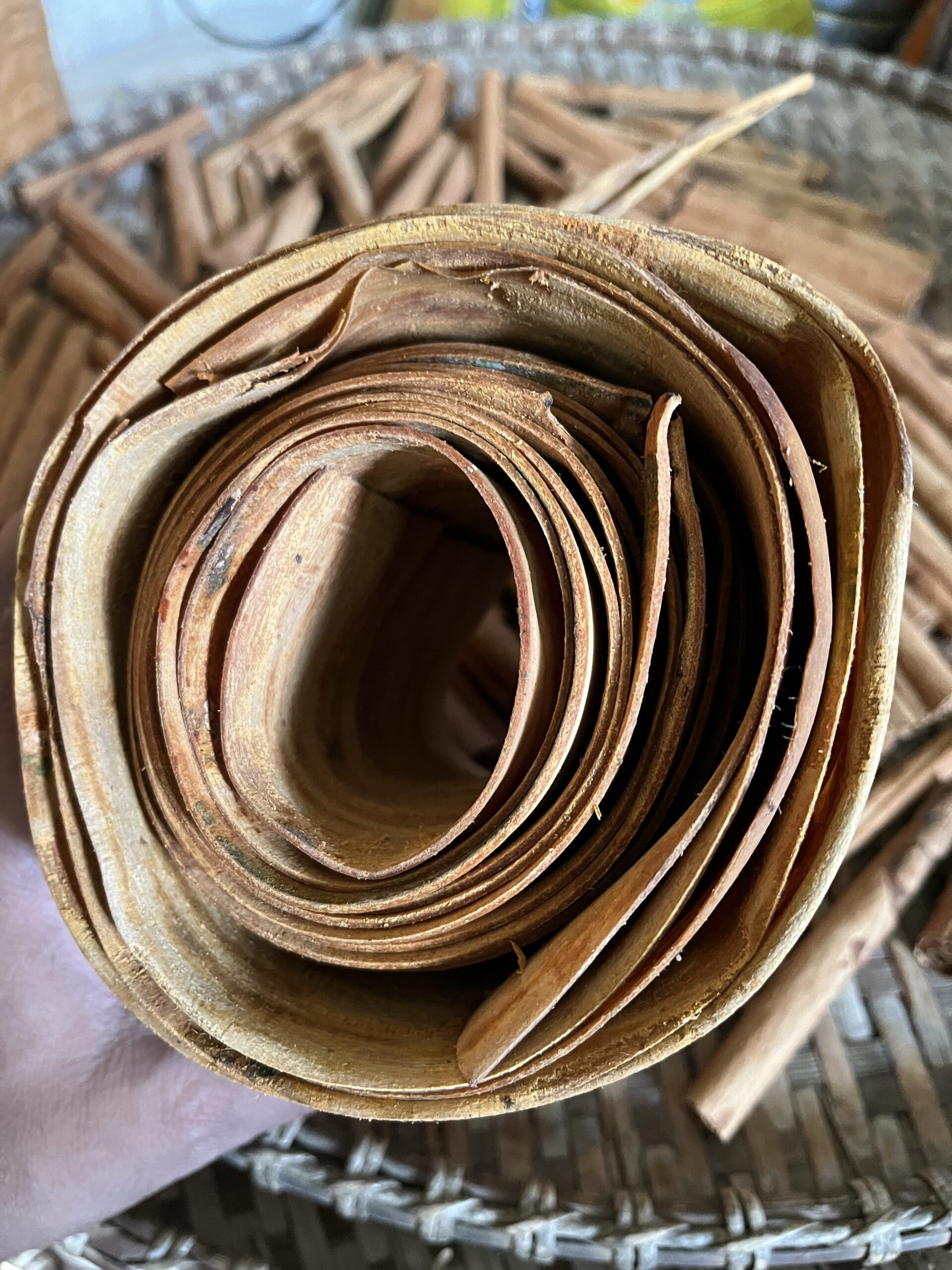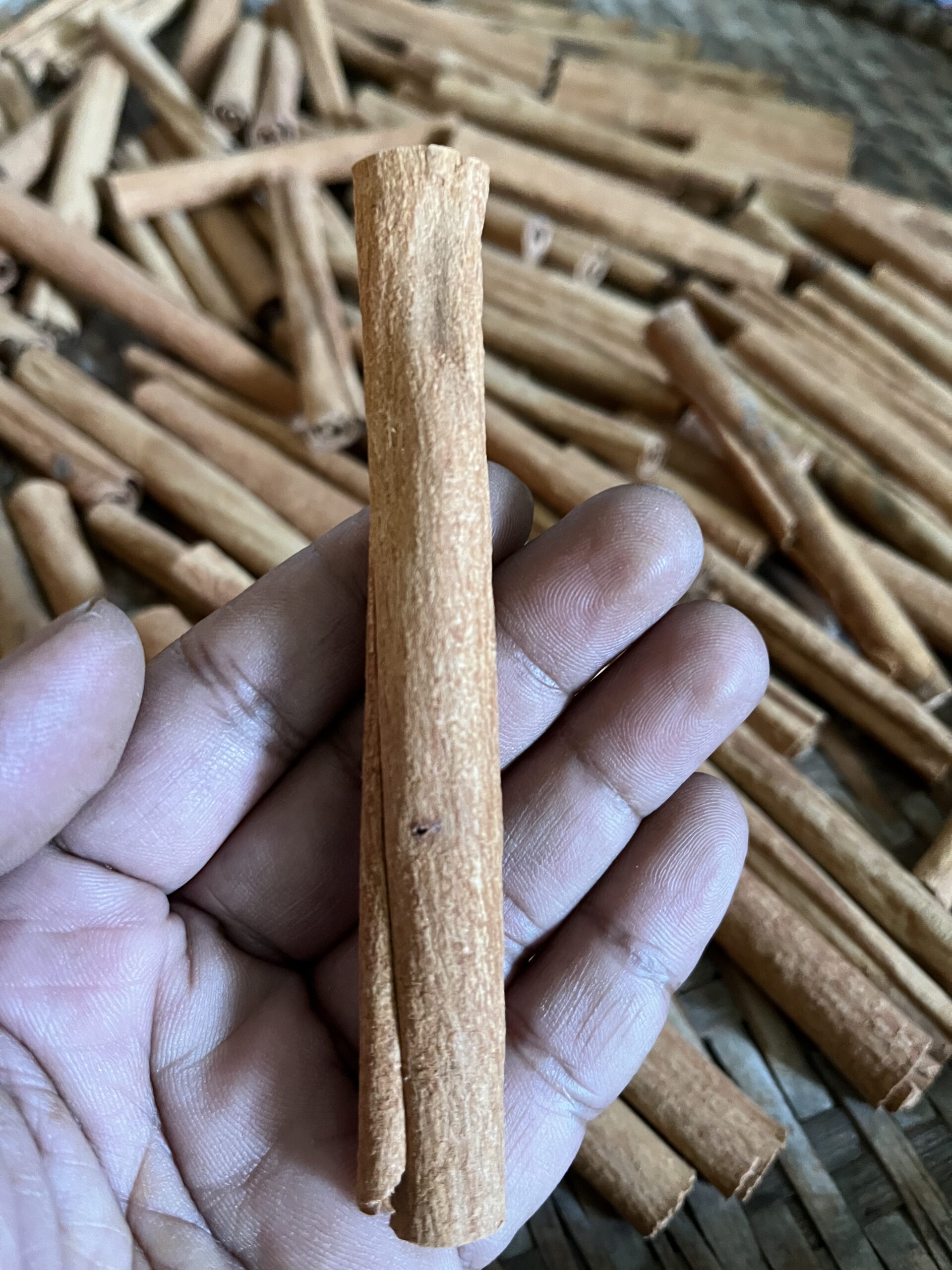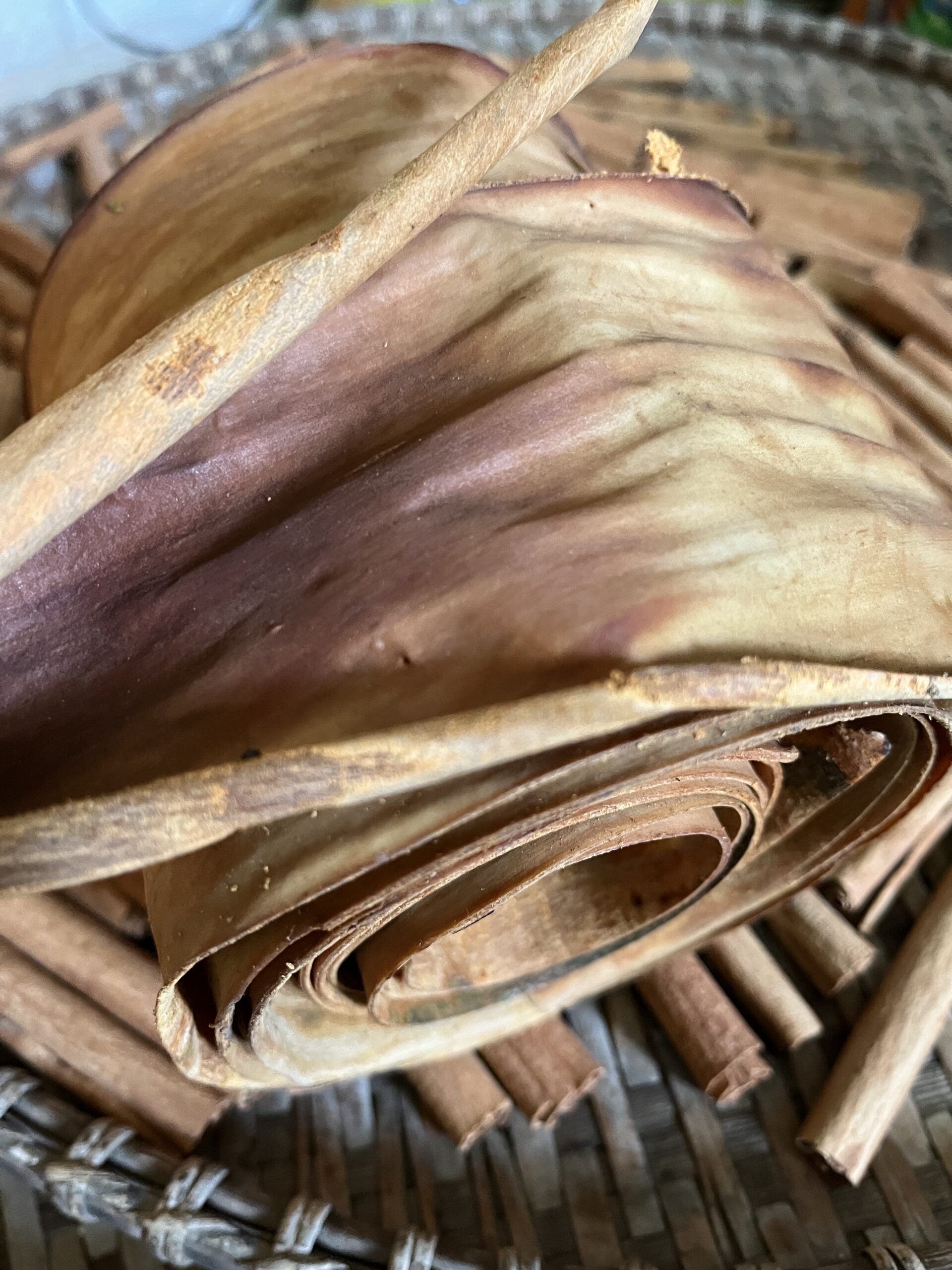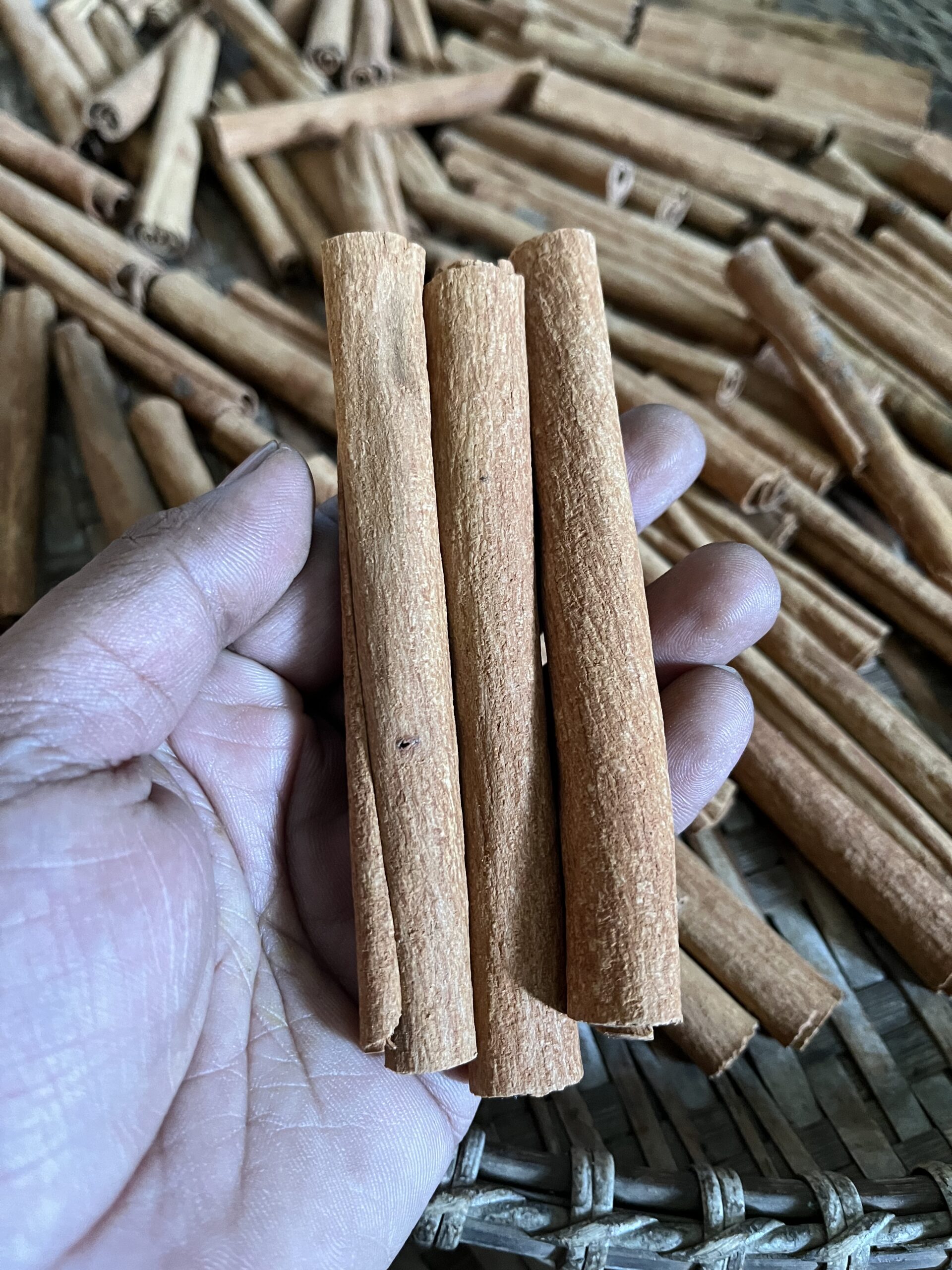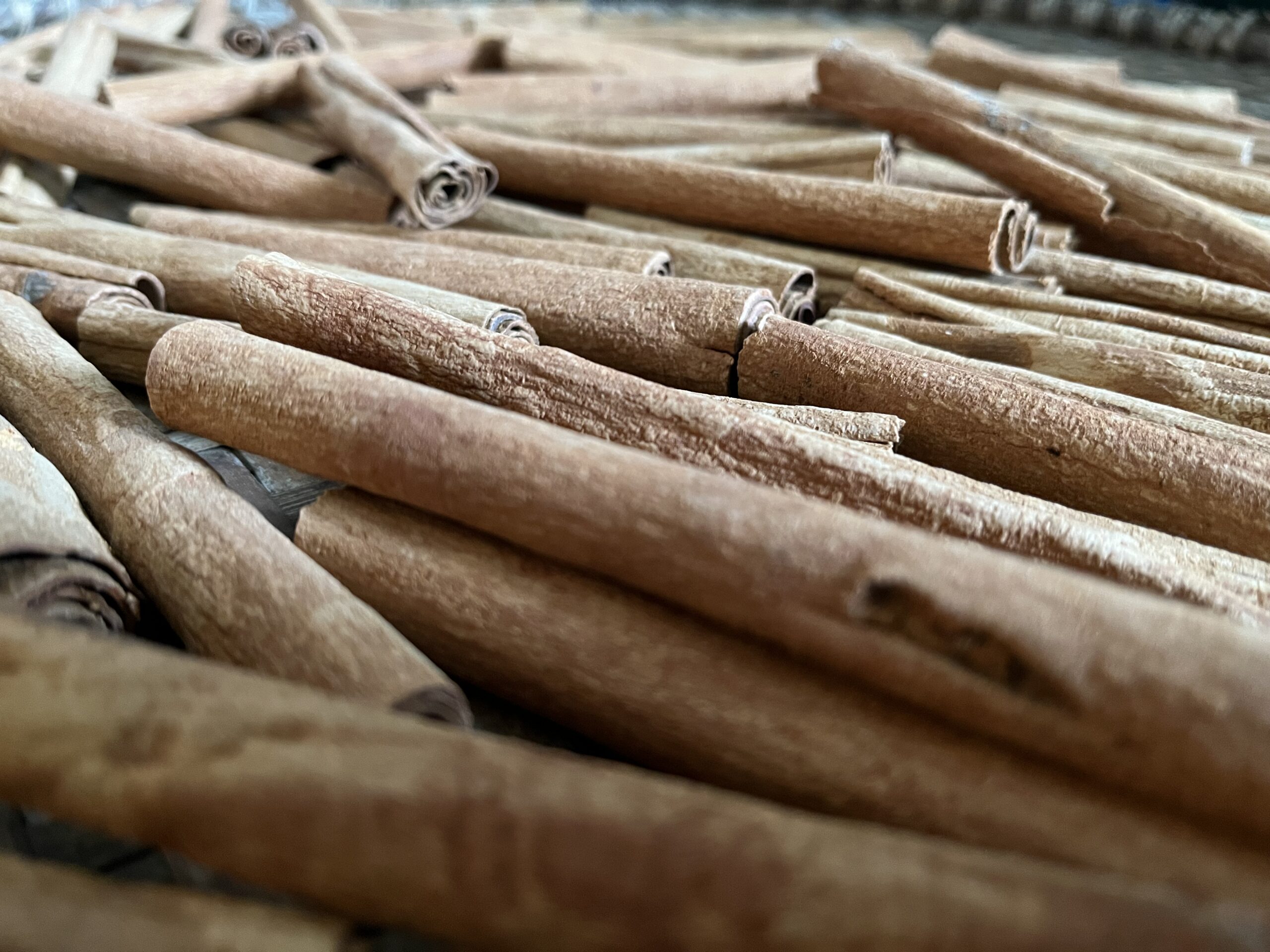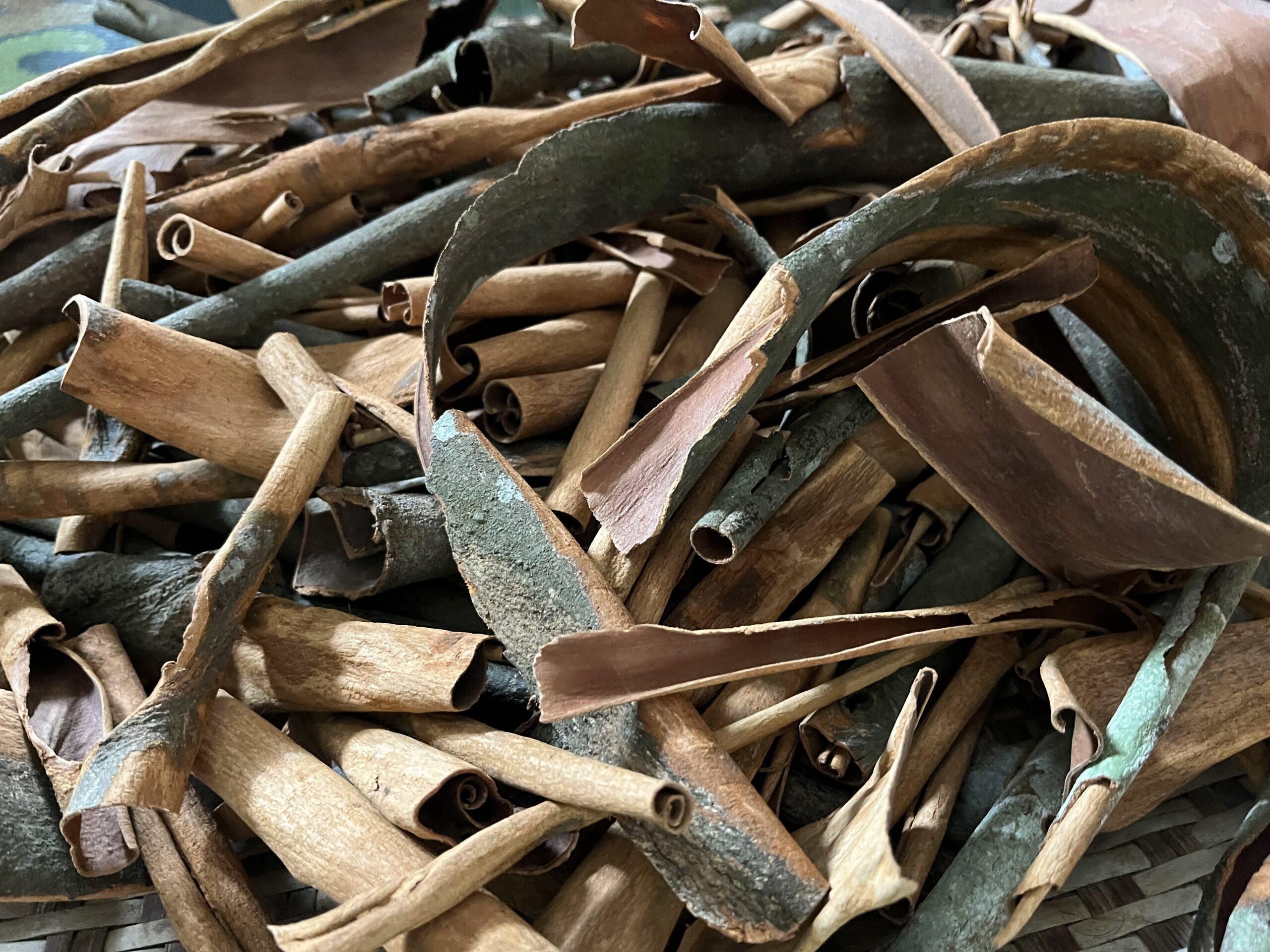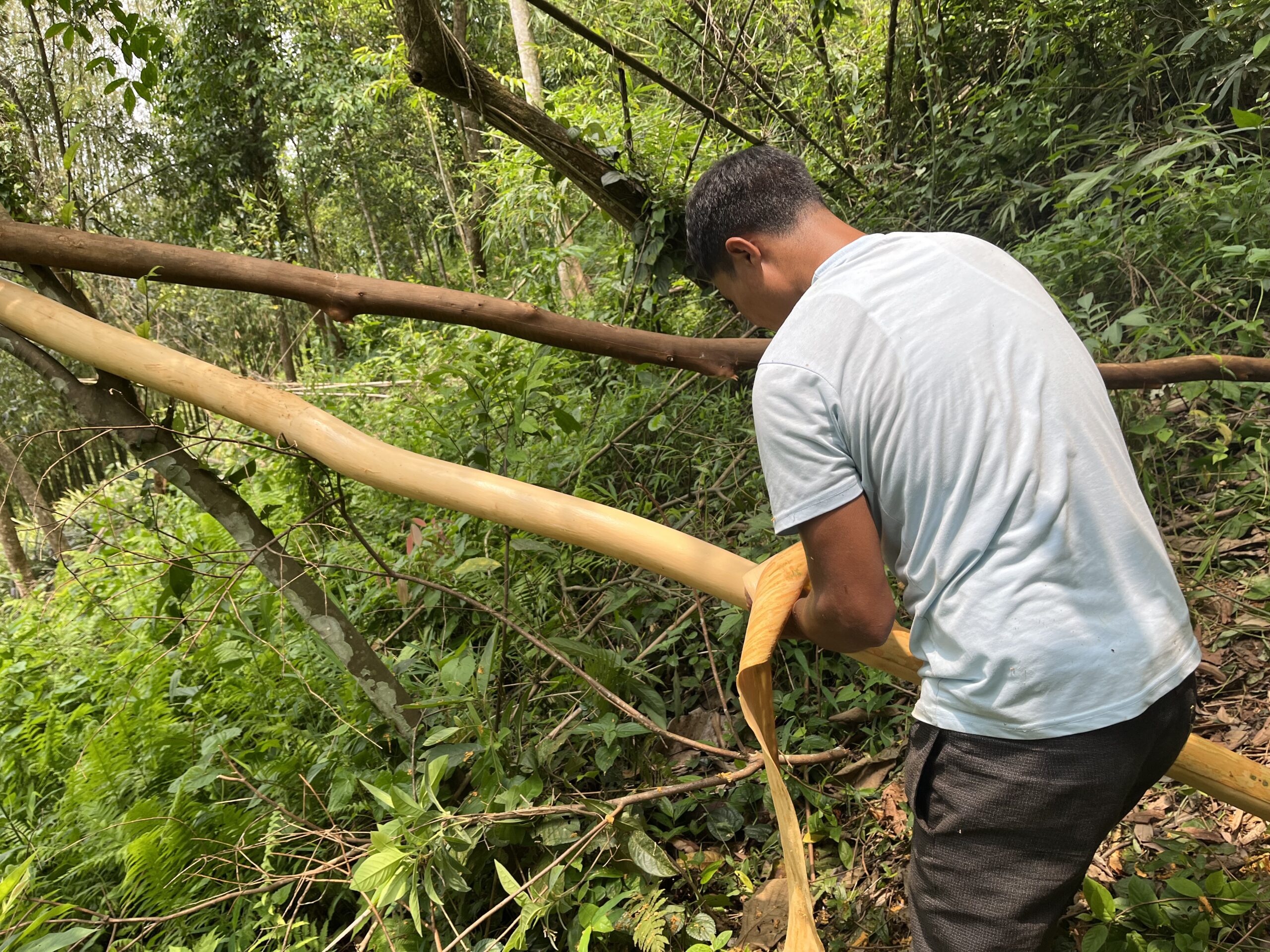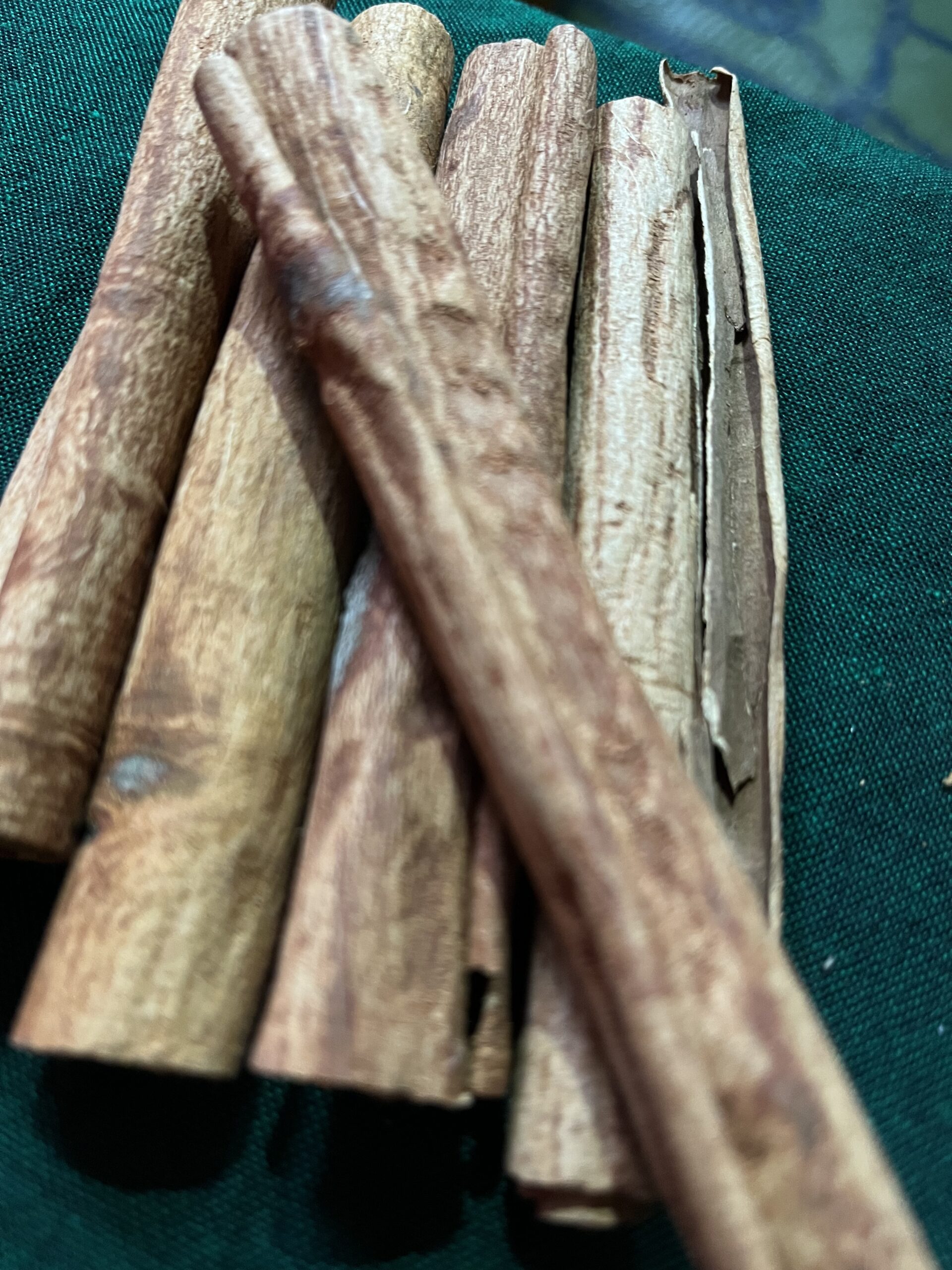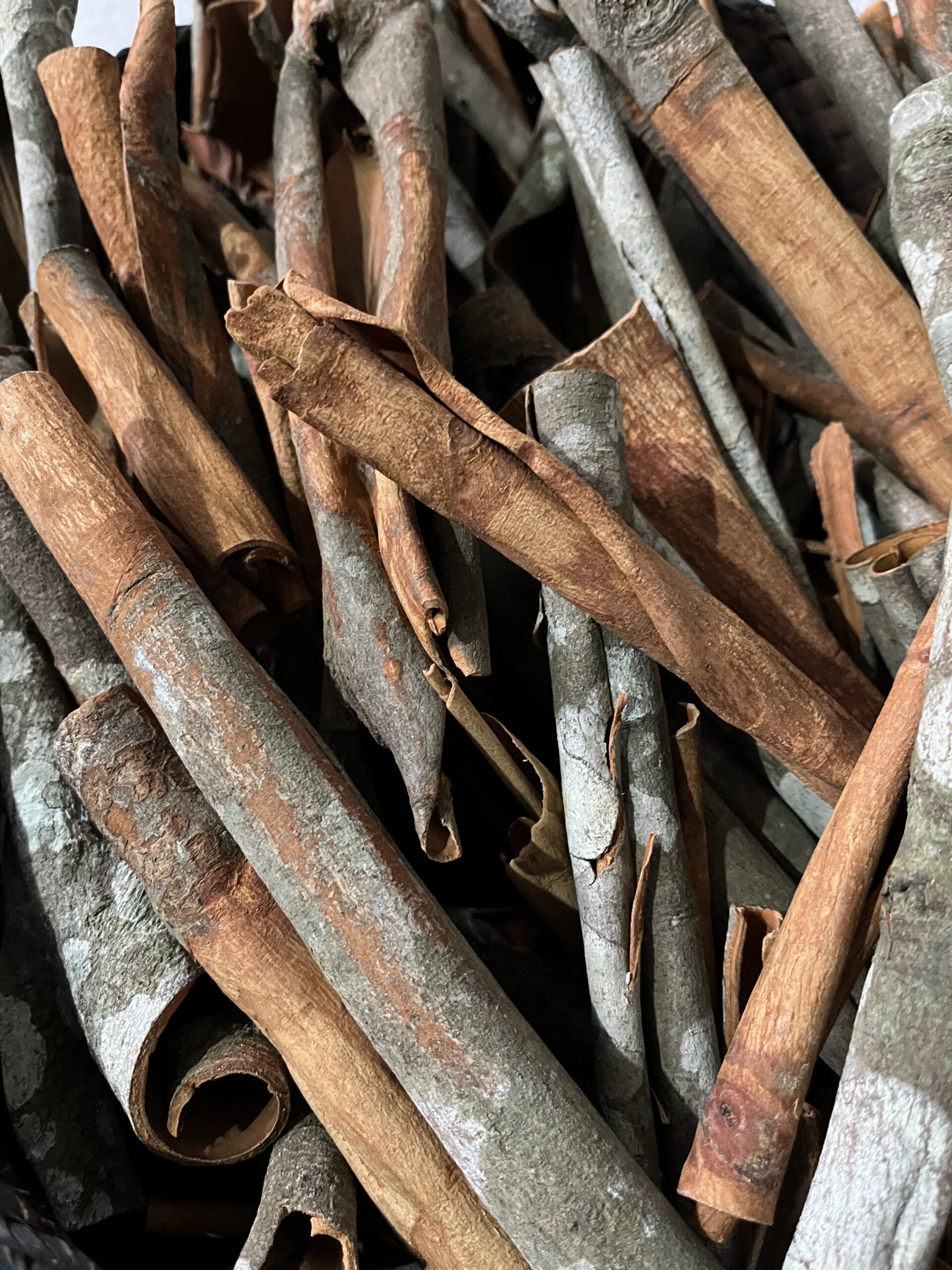🌿 Cinnamon (Dalchini): The Sweet Spice with Powerful Benefits
1. Origin in India
Botanical Name: Cinnamomum verum (True/Ceylon Cinnamon), Cinnamomum cassia (Cassia)
Cinnamon has ancient roots in India and Sri Lanka, used since the time of the Vedas.
In India, Kerala, Tamil Nadu, and Karnataka are major producers, particularly in the Western Ghats and coastal regions.
Grows well in humid, tropical climates with well-drained soil and good rainfall.
2. Common Uses of Cinnamon
🍴 Culinary Uses:
Used in Indian cuisine for flavoring biryani, curries, gravies, desserts, and spiced tea (chai).
An important ingredient in garam masala and baking (cakes, pastries, cookies).
Used in beverages, including cinnamon tea, spiced coffee, and detox drinks.
🧴 Non-Culinary Uses:
Widely used in perfumes, essential oils, incense, and cosmetics.
Added to oral hygiene products, such as toothpaste and mouthwash, for its antibacterial properties.
Used in traditional rituals and Ayurvedic healing oils.
3. Medicinal Properties of Cinnamon
Cinnamon is highly valued in Ayurveda, Unani, and Chinese medicine for its healing qualities and aromatic properties.
🔬 Health Benefits:
Anti-diabetic: Helps lower blood sugar levels and improves insulin sensitivity.
Anti-inflammatory: Relieves joint pain, arthritis, and inflammation.
Antibacterial & Antiviral: Fights infections, supports oral and digestive health.
Heart Health: Reduces LDL cholesterol and triglycerides.
Antioxidant-rich: Neutralizes free radicals and supports cell repair.
Digestive Support: Soothes stomach discomfort, nausea, and indigestion.
Brain Health: May improve memory and cognitive function.
Immune Booster: Enhances resistance to infections and common illnesses.
4. Harvesting Process
🌳 Source:
Cinnamon comes from the inner bark of the cinnamon tree.
Trees are grown for 2–3 years before the first harvest.
🌾 Process:
Harvesting Season: Usually done twice a year – post-monsoon and spring.
Cutting: Mature stems are cut close to the ground.
Peeling: Outer bark is removed; inner bark is carefully scraped off by hand.
Rolling: Strips curl into quills (cinnamon sticks) as they dry naturally.
Drying & Grading: Quills are sun-dried and sorted by color, thickness, and aroma.
Processing:
Whole quills (sticks)
Ground cinnamon (powder)
Cinnamon oil (steam-distilled from bark or leaves)
5. Types of Cinnamon
| Type | Region | Features |
|---|---|---|
| Ceylon Cinnamon (C. verum) | Sri Lanka, India | Softer, sweeter, true cinnamon, lower coumarin |
| Cassia Cinnamon (C. cassia) | China, Indonesia | Stronger, spicier, higher coumarin |
Note: Ceylon (true) cinnamon is considered superior for health benefits and regular consumption due to low coumarin content.
6. Cinnamon in Ayurveda
Known as “Tvak” in Ayurveda.
Balances Vata and Kapha doshas.
Used in Chyawanprash, digestive churnas, and herbal teas.
Traditionally recommended for cold, cough, digestion, blood purification, and circulation.
7. Summary of Health Benefits
| Property | Benefit |
|---|---|
| Anti-diabetic | Regulates blood sugar, supports metabolic health |
| Anti-inflammatory | Eases joint pain, arthritis, and swelling |
| Heart-friendly | Lowers cholesterol and improves blood circulation |
| Digestive aid | Relieves bloating, nausea, and gas |
| Antibacterial | Fights oral bacteria, supports gut health |
| Brain health | Improves alertness and memory (ongoing research) |
| Immune support | Protects against infections and seasonal illnesses |



